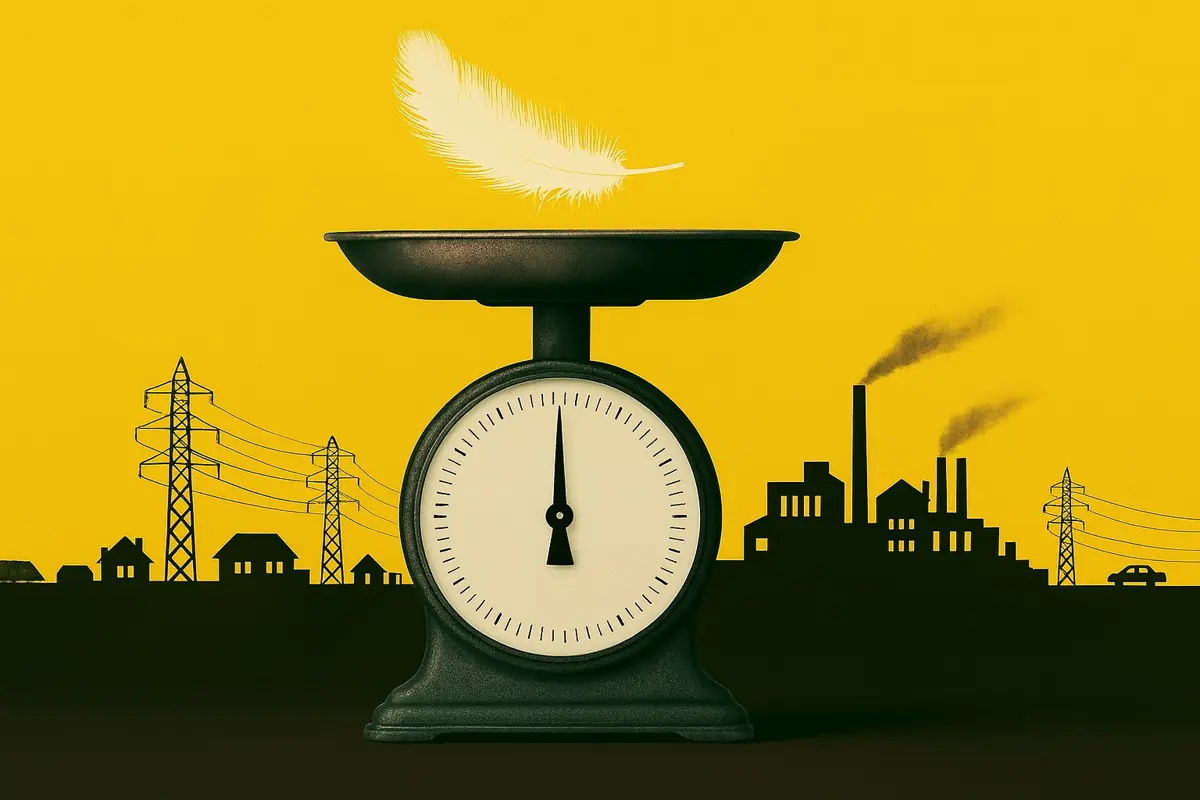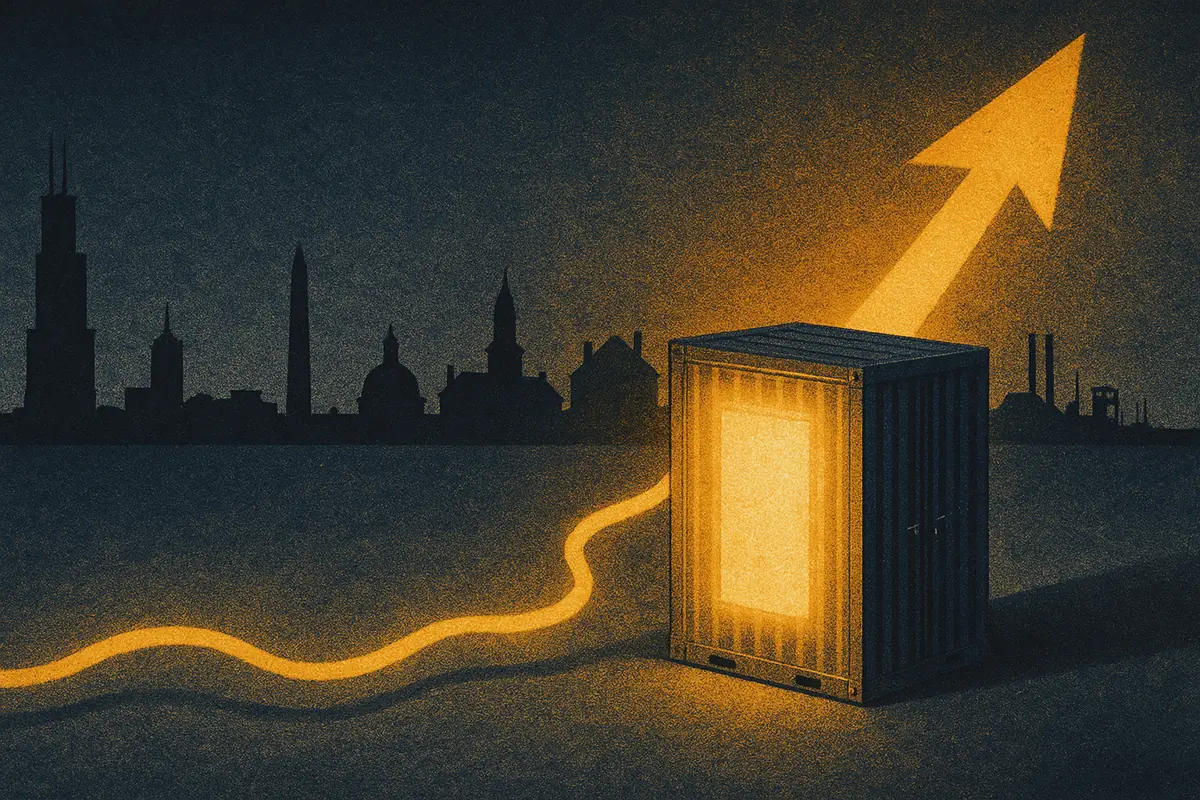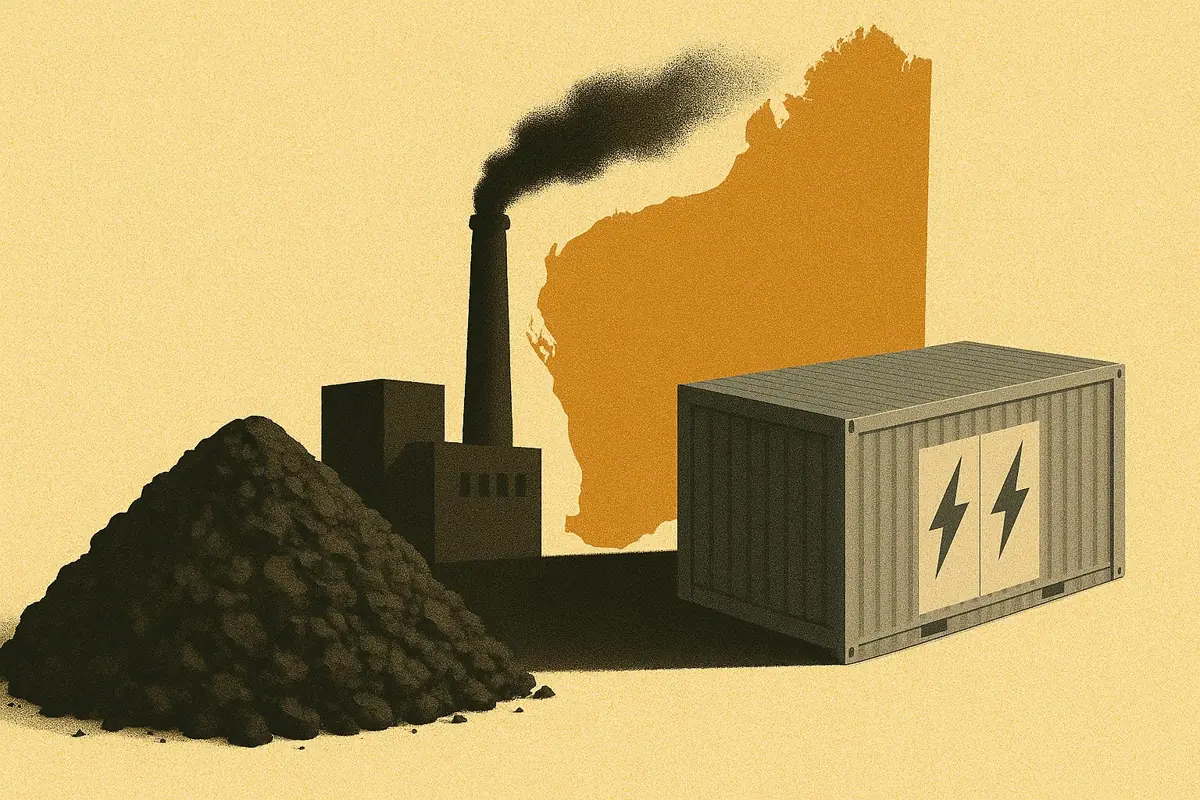Stability Pathfinders: what they mean for battery energy storage
Stability Pathfinders: what they mean for battery energy storage
Maintaining grid stability is vital. To do this, National Grid ESO has been directly procuring ‘Stability’ from new technologies.
In this explainer, we explore:
- What Stability means.
- How this has been procured to date.
- How this involves battery storage.
- And what future Stability markets will look like.
What is Stability?
Stability is mostly about the inertia of the grid. This is a physical characteristic of the grid which slows down the rate of system frequency.
(Find out more about inertia here.)
However, inertia isn’t the only form of Stability the grid needs. Short-Circuit Level is the level of current on the system during a fault (e.g. lightning strikes, or equipment failure). Short-Circuit Level ensures system voltage stays stable during unexpected disturbances.
(Find out more about Short-Circuit Level here.)
In the past, both of these have typically been a byproduct of big thermal generation, which is synchronized to the grid - this is important!
However, with the move to a more decentralized power system, and with more and more renewables (which aren’t synchronized to the grid), this can no longer be relied upon.
Instead, National Grid ESO has started directly contracting providers to provide inertia and Short-Circuit Level to the grid.
Why is National Grid ESO paying for something it can get for ‘free’?
In reality, National Grid ESO spends millions each year in the Balancing Mechanism - to keep to a minimum level of inertia and/or Short-Circuit Level on the grid.
These actions also have a significant carbon cost - because they involve turning off wind farms and turning on fossil fuel plants.
How much inertia does the grid need?
Power is measured in MW or GW - but inertia is measured in GVA.s (gigavolt amp seconds). National Grid ESO currently seeks to maintain a minimum inertia level on the grid of 140 GVA.s. This keeps Rate of Change of Frequency (RoCoF) at a safe level.
The ESO hopes to reduce its minimum operating level to 102 GVA.s by 2025. It can do this because of the introduction of faster-acting frequency response services: Dynamic Containment and Dynamic Moderation.

Through its Stability Pathfinders, National Grid ESO has contracted a total of 36 GVA.s - to be fully operational by 2026. Once these assets are operational, the ESO will have secured a third of its minimum required inertia levels at all times.
Stability Pathfinders
As with other new grid services, National Grid ESO has used ‘Pathfinders’ to test the feasibility of a future commercial market for procuring Stability.
Essentially, Pathfinders are the building blocks of new markets - as they provide contracts to providers of new and emerging technologies and services.
Since 2020, there have been three Stability Pathfinders. (You can find details on all three here.)
Stability Pathfinder 1
Finishing in 2020, this contracted 12 separate providers of inertia - all synchronous condensers. These are essentially big rotating machines. They are synchronized with the grid, and they consume a small amount of power - but they’re essentially zero-emission, and provide no actual generation.
In Pathfinder 1, only technologies providing “physical inertia” (i.e. actual spinning) - while not actively providing power - could enter.
As of today, all 12 of these projects are now fully operational and providing inertia to the system. This means 12.5 GVA.s of inertia on the grid - and these contracts are due to run until April 2026. You can find more information about this here.
Stability Pathfinder 2
The Stability Pathfinder 2 auction closed in 2022. This focused on procuring Short-Circuit Level in Scotland (although providers may also end up supplying inertia as well).
This expanded the range of possible providers beyond those providing just physical stability - which meant that battery energy storage systems were able to enter the auction. (We’ll come back to exactly how batteries can help later on!)
Of the ten contracts awarded, five went to battery energy storage equipped with new grid-forming inverter technology. These will be some of the first large-scale applications of this technology globally. The remaining five went, again, to synchronous condensers.
Contracts are due to start in 2024. Alongside Short-Circuit Level, these will provide 6.7 GVA.s of inertia to the system.
Stability Pathfinder 3
The third Stability Pathfinder closed at the end of 2022. This focused on increasing levels of inertia and Short-Circuit Level within England and Wales.
Like Stability Pathfinder 1, this was only open to providers of physical inertia. Accordingly, synchronous condensers won all 29 contracts available in this Pathfinder auction.
These contracts are due to start in 2025. They will provide 17.1 GVA.s of inertia.
So, how can batteries provide inertia to the grid?
Battery energy storage is non-synchronous - i.e. it isn’t synchronized to the grid. Therefore it cannot actually provide “physical” inertia to the system. Instead, it can provide virtual inertia.
You may have heard “virtual inertia” used to describe a whole host of different services - including very fast-acting frequency response (like Dynamic Containment).
However, in terms of stability, it refers to the use of grid-forming inverters.
What’s a grid-forming inverter?
Battery energy storage uses an inverter to convert power from DC to AC - for injecting into the grid (or vice versa for charging). To date, these have been grid-following inverters. That means that it follows the frequency of the grid, and provides no stabilizing properties.
By contrast, grid-forming inverters operate at the characteristics desired for the system - and can support the grid to remain at this level. This isn’t providing physical inertia, but instead using power electronics to provide the same stabilizing effect on the grid.
This is not new technology - but is more expensive than grid-following inverters. And, previously, the benefits of it have not been compensated.
Which batteries have won contracts to date?
The second stability pathfinder was opened to new technologies, including batteries installed with grid-forming inverter technologies. This saw competition from new-build battery energy storage systems for contracts, and five batteries systems won contracts (of the 14 that entered the tender):
- Coylton, a 19 MW system by Statkraft
- Neilson, a 50 MW system by Statkraft
- Blackhillock, a 200 MW system by Zenobe
- Kilmarnock South, a 200 MW system by Zenobe
- Eccles, a 400 MW system by Zenobe
When the first of these systems come online (likely in 2024), it/they will be the first to deploy grid-forming inverter technology in Great Britain.

National Grid ESO is now looking beyond pathfinders for Stability
In its latest Markets Roadmap, National Grid ESO provided an insight into the future of Stability procurement. It confirms that the use of Stability Pathfinders has now finished - and any future procurement of Stability will be done through fully commercialized markets.

There will be three separate markets:
- A D-1 market, contracting for Stability at day-ahead level. This will help maintain day-to-day stability levels - and reduce the need for Balancing Mechanism actions (and the subsequent cost).
- A Y-1 market, contracting for stability one year out. This will provide more revenue security for those assets which currently have Stability Pathfinder contracts.
- A Y-4 market, contracting for stability four years out. There is no current requirement for this, but it gives National Grid ESO the ability to bring new providers to market if the need arises.
All in all, Stability represents yet another use case for battery energy storage systems. It will be interesting to see whether it can offer a viable commercial avenue for assets in the medium- to long-term.
As ever, we’ll keep you updated.







